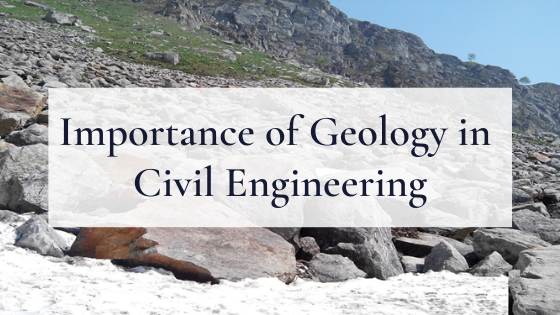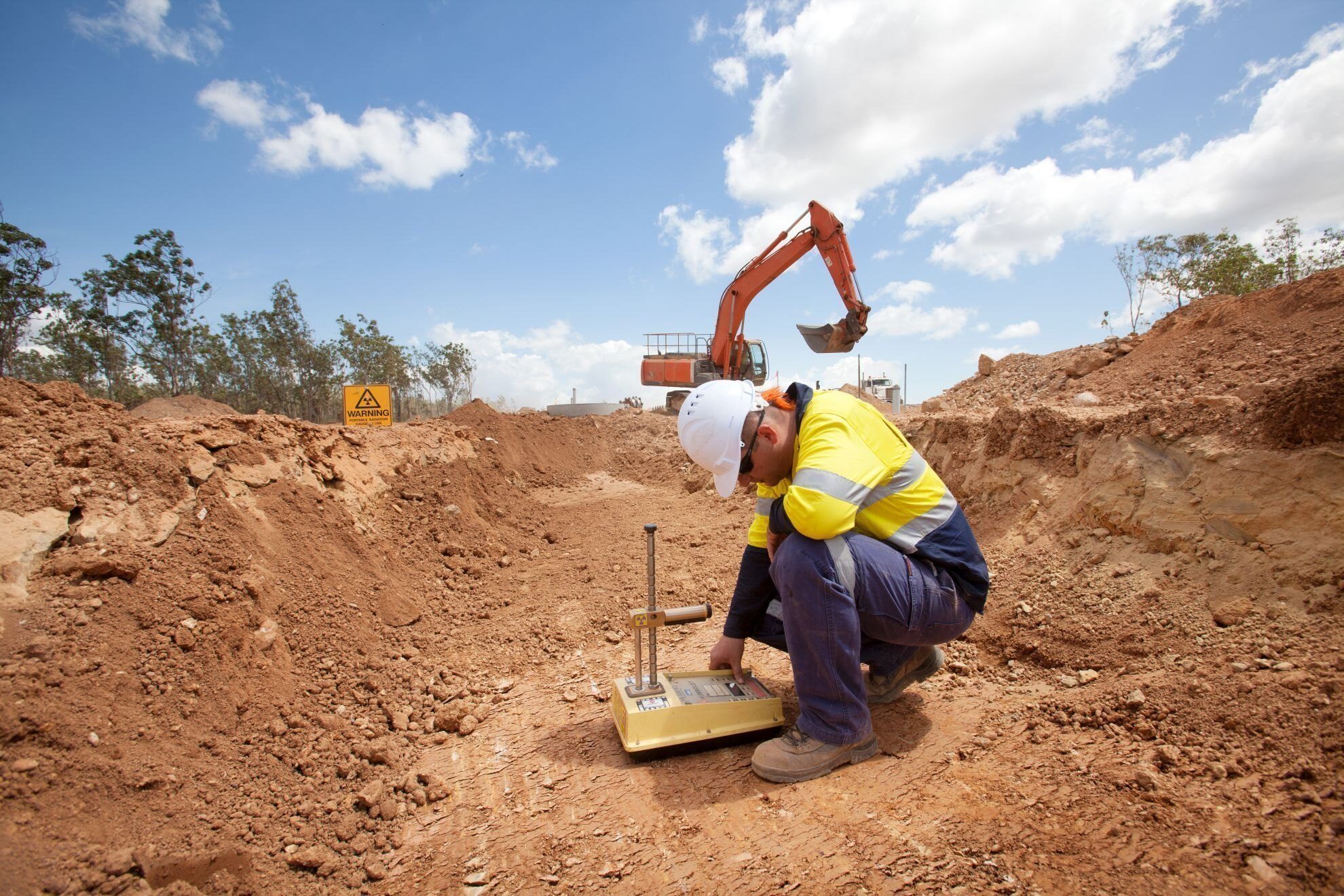3 Simple Techniques For Geotechnical Engineering For Construction Projects
The Definitive Guide to Geotechnical Engineering For Construction Projects
Table of ContentsSome Known Facts About Geotechnical Engineering For Construction Projects.How Geotechnical Engineering For Construction Projects can Save You Time, Stress, and Money.Not known Factual Statements About Geotechnical Engineering For Construction Projects The 9-Minute Rule for Geotechnical Engineering For Construction ProjectsThe 3-Minute Rule for Geotechnical Engineering For Construction Projects
Throughout the investigation, it is crucial to drill at the required depth and the required number of holes as per the referral of the Canadian Foundation Design standard. In some cases, the proprietor may save some Geotechnical Investigation expense but wind up spending more than the expected throughout the building cost.The obligations of the geotechnical expert entail giving material testing for building support. Geotechnical Engineering for Construction Projects. Geotechnical engineers evaluate all the field test records to ensure that building and construction is taking place based on the job spec. During building, a confirmatory examination for dirt compaction is done on-site to ensure that no future negotiation occurs
After the concrete is poured -7 days and 28 days- examinations are conducted on concrete samples collected from the site to guarantee that the concrete poured meets the design requirement. Asphalt core is taken after the Asphalt is laid and compressed to verify that it fulfills the style criterion. All lab test reports are evaluated by the Geotechnical Designer to guarantee that it satisfies the job requirements.
How Geotechnical Engineering For Construction Projects can Save You Time, Stress, and Money.

Geotechnical engineering plays a crucial function in guaranteeing the stability of construction projects. Find out just how it affects style and total project success. Geotechnical design is an essential branch of civil engineering that focuses on understanding the behavior of planet products, such as dirt and rock. It involves evaluating subsurface conditions to make certain that a structure's structure or infrastructure is secure and protected.

For a trustworthy structure and a smooth building and construction process, trust fund to offer the competence you need. Call to obtain specialist suggestions and geotechnical services tailored to your following task.
10 Easy Facts About Geotechnical Engineering For Construction Projects Explained
When embarking on a land growth job, understanding the ground beneath your feet is as critical as the structures you prepare to develop above it. Our Geotechnical Design team analyse the ground, ensuring it appropriates for the suggested growth while providing you with the information called for to fulfill your task objectives.
Geotechnical Engineering takes a look at the formation of the ground, as it is the foundation for all tasks. Where frameworks need to be developed relative to the ground conditions; ground conditions (e.g., soft ground) might require strengthening depending on the size of the intended structure. Before building, you require to understand about the groundwater, dirt framework, and liquefaction possibility of your land.
For websites that are not linked on the regional authority facilities added site investigations would be needed to offer technical inputs for on-site stormwater and wastewater. Go Here We have actually experienced Geotechnical Engineers based in each office, sustaining your geotechnical needs across the country. Connect to us to go over how we can support your next project.
These records are tailored to satisfy the specific demands of a task and include style parameters and advice for the building and construction of a series of manufactured frameworks. As well as giving consultancy solutions covering locations such as slope stability and load-bearing capabilities for various products, these designers embark on r & d tasks to improve techniques, equipment, materials expertise and analysis covering entire lifecycles.
The Single Strategy To Use For Geotechnical Engineering For Construction Projects

However, prices of pay usually raise as your expertise and abilities expand, with guidelines indicating a graduate beginning wage of between 18,000 and 28,000 annually in the UK. This increases to 26,000 to 36,000 with a few years of experience and after that getting to 40,000 to 60,000+ for elderly, chartered or master engineers.
With the right application it is feasible to understand the occupation and gain entry to a tough yet fulfilling and crucial occupation. A geologist would need to re-train to come to be a geotechnical engineer, although there is lots of cross-over between both occupations, which can make this much easier - Geotechnical Engineering for Construction Projects. Geologists require to have an understanding of soils, rocks and various other products from a scientific viewpoint, while geotechnical designers tale their knowledge of matters such as soil and rock technician, geophysics and hydrology and apply them to design and ecological projects
When starting, these designers will often tend to work with less intricate jobs, accumulating understanding and experience all set for more difficult job later. Geotechnical designers have a tendency to specialise in specific locations as they grow in experience, concentrating on certain facilities such as railways, roads or water. These engineers likewise deal with renewable energy, offshore and onshore oil and gas, nuclear power, and a lot more.
See This Report about Geotechnical Engineering For Construction Projects
The moment taken to become a geotechnical designer relies on where you are based, where you research and what degree of education and learning you wish to acquire prior to getting in the workplace. For instance, are you going to explore an apprenticeship, take a college level or work with in the direction of a Master's or PhD? Generally-speaking it takes 3-4 years to get to the fundamental demands to start a career as a geotechnical engineer.
These operations make it possible for experts to examine a host of soil mechanics consisting of weight, porosity, void-to-solid bit ratio, permeability, compressibility, optimum shear stamina, useful source bearing capacity and contortions. If the structure requires a deep foundation, designers will utilize a cone infiltration test to Check This Out approximate the amount of skin and end bearing resistance in the subsurface.
When analyzing an incline's balance of shear anxiety and shear toughness, or its ability to stand up to and go through movement, rotational slides and translational slides are frequently taken into consideration. Rotational slides fail along a rounded surface area, with translational slides occurring on a planar surface area. An expert's objective is to identify the problems at which an incline failure might occur.
Often, searchings for suggest that a website's soil need to be dealt with to enhance its shear toughness, stiffness and leaks in the structure prior to design and building and construction. When it comes time to set out foundation plans, experts are increasingly concentrated on sustainability, even more especially exactly how to lower a foundation's carbon impact. One tactic has been to change 20 percent of a structure's cement with fly ash, a waste product from coal fire nuclear power plant.